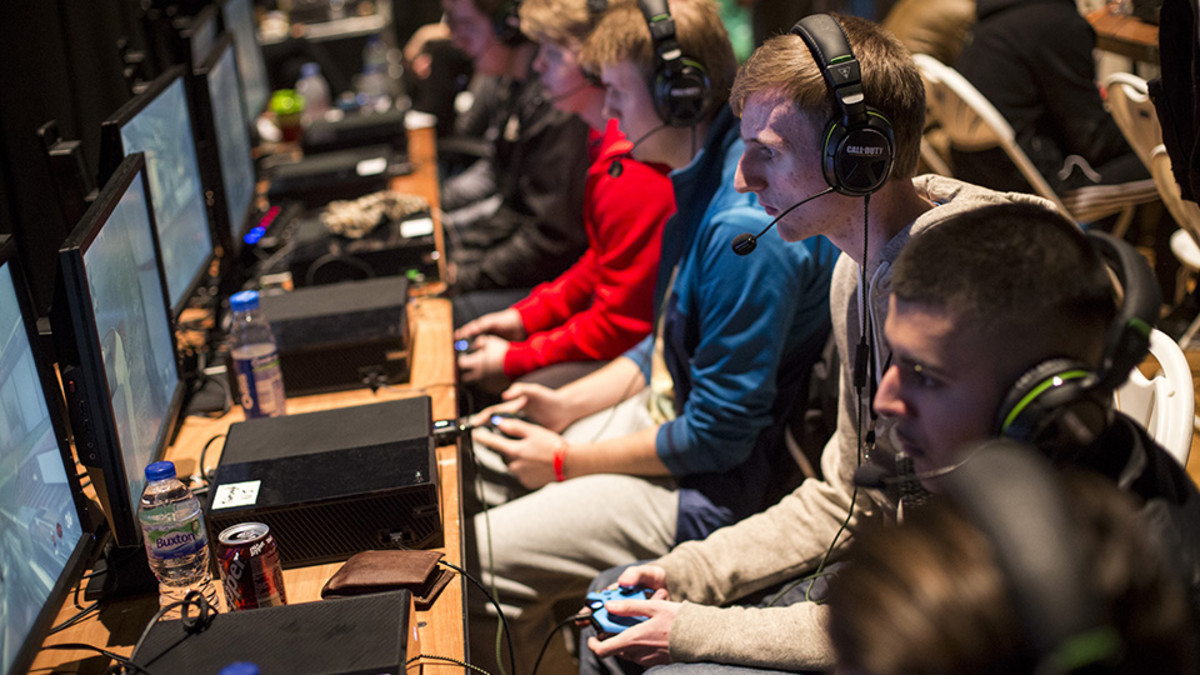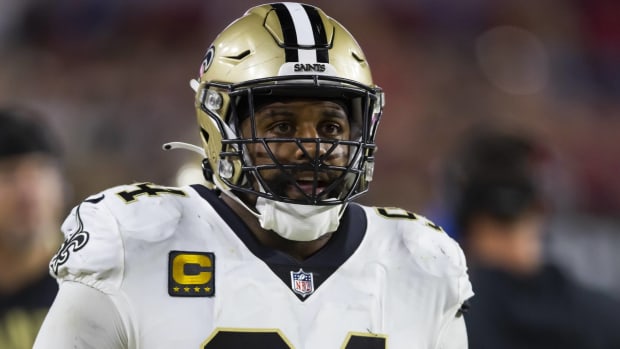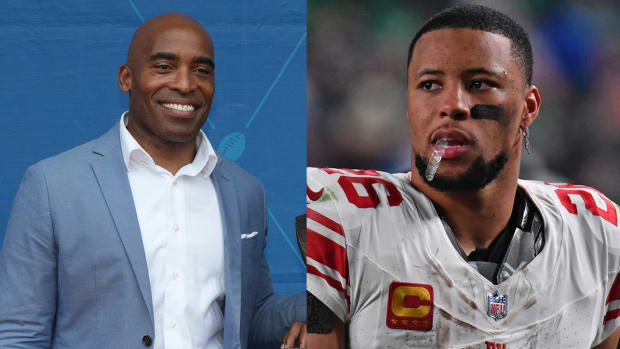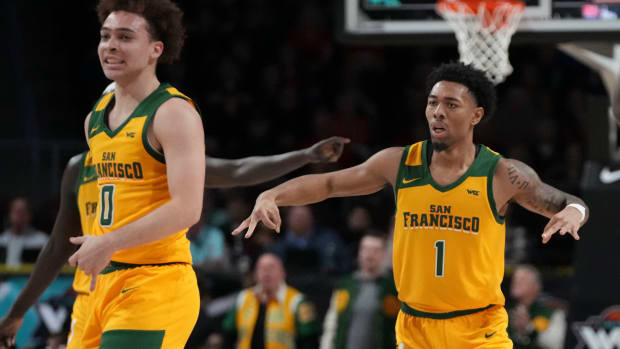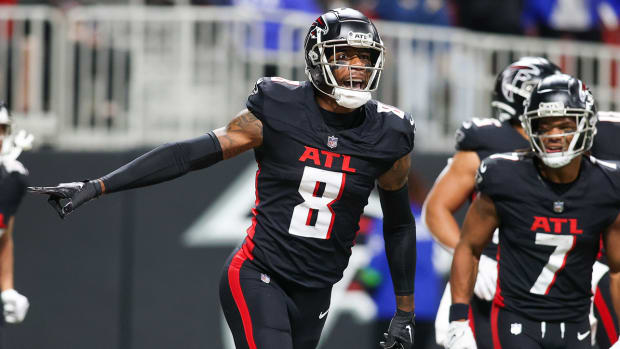Playing video games is the newest way to get rich
A sold-out crowd packed Seattle’s KeyArena in early August for a sporting event with a larger prize pool than any event on the PGA Tour this season. And the participants didn’t even leave their seats.
Competitive video gaming—known to fans and players as eSports—is exploding in popularity across the world. According to Superdata Research, the global eSports market is valued at $612 million, with the Asian market accounting for 61% of that figure. Tournaments are regularly viewed by tens of thousands of fans in large arenas and watched by tens of millions online on streaming services like YouTube, Twitch.tv and even ESPN3. This year, NBA point guard and Dota 2 fanatic Jeremy Lin did color commentary during a tournament.
But no tournament is bigger than The International Dota 2 Championships, which concluded Aug. 8. The fifth edition of The International (TI5) had a total prize pool of over $18 million and the winning five-man team split a $6.6 million grand prize. In the five years since the event began, the purse has jumped from $1.6 million to over $18 million, funded largely by fans. Valve, which publishes Dota 2 and organizes the tournament, contributes $1.6 million to the pool. The rest of the prize money comes from sales of game add-ons. Dota 2’s massive base of recreational players can contribute to the annual “Compendium,” $10 at a time. Each purchase unlocks in-game features such as characters, maps and cosmetic items.
“It’s kind of like a digital booklet,” says Orrin Xu, the manager of LGD Gaming, the third-place team at this year’s International. “The Compendium itself can do little cool things as you buy more credits for it. That costs additional money and that additional credit also goes into the prize pool. That’s what pushed it this year to that $18 million mark.”
Raising as much prize money as possible has become viewed as a challenge by Dota fans.
“It’s almost like a community goal to see as high a number as possible,” says Justin Dellario, a global eSports manager for Razer, a gaming equipment maker that sponsors hundreds of eSports competitors. “You have people who maybe don’t play Dota every day that log on to be a part of spending money to increase the prize pool.”
Other games have used this crowdfunding approach to successfully raise money for prize funds, but none have been as lucrative as Valve’s Dota 2 campaign. The problem for Dota 2 players is that only The International attracts these massive prizes. Once a year, 16 teams compete for a grand prize three-times larger than the average NFL salary. The prize pools for the other smaller Dota tournaments played throughout the year rarely crack $100,000.
“It’s really a decision at the publisher/developer level, or the managers of the eSports for the respective game, as to whether they want to have prize pools that large,” Dellario says. “When I say that, it’s because a lot of people don’t necessarily agree with this model where once a year for one tournament $18 million is injected into the community of competitive players. Some people see that as throwing off the ecosystem a little bit.
"So few players from the community at-large receive this $18 million once a year," he adds. "All the other teams who have been attending events that also cost money all year round, and training players and paying salaries, potentially, if they have a bad tournament, they won’t see any of that. Some of the other eSports out there recognize that. They keep prize pools lower and they allow more events to occur, where more people have a chance to with that money. Some of the other games have systems in place which allow for organizations and sponsors to actually make players’ salaries higher so that they’re not necessarily reliant on winning one major event to make sure that their couple of years spent playing is justified.”
Professional eSports players have other ways of making money, though. Some are paid salaries by their teams—into the six figures for top players—and they also rake in endorsements and sponsorship money. The typical eSports jersey (yes, they wear jerseys) is covered in ads for gaming gear and energy drinks. Others are paid to livestream their gaming sessions on sites like Twitch.tv, which was purchased by Amazon last year for nearly $1 billion. Livestreaming is what makes the top gamers so popular and helps them draw the massive social media followings that make them so attractive to advertisers.
“Livestreaming has really revolutionized the way eSports stars communicate directly with their fanbase,” Xu says. “Just being able to be there live in sync with the player.”
Call of Duty player Matt Haag (aka NaDeSHot) parlayed a massive online following into millions in endorsements, leading to an appearance on Forbes’ “30 under 30” this year. He has more Twitter followers than DeMarcus Cousins and DeAndre Jordan combined, and nearly two million subscribers on YouTube, where his videos have been viewed over 222 million times.
Since the boom in eSports revenues is so recent (The International’s prize pool has jumped by $17 million in five years) there is some concern over whether these young people will be able to properly manage their sudden windfalls. Haag, for example, is 23, and 16-year-old Syed Sumail Hassan took home $1.32 million as a member of the winning team at TI5. Will eSports competitors soon have agents like traditional athletes?
“I think it’s definitely coming,” Dellario says. “You have these 16-year-old kids who in the last 12 months made over $2 million playing eSports. They need management and mentorship in that area.”
